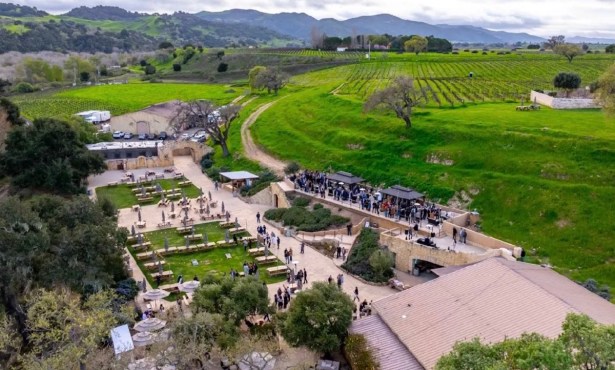Cherimoya: The Ugly Betty of Fruit
Fruit beauty contest winner it isn’t. Delicious it is. Combine a heart-shaped reptilian outside with a blend of pineapple, mango, and strawberry flavor inside and you have the cherimoya. Or, as Mark Twain once referred to it, “deliciousness itself.”
Cherimoyas are native to the Andes region but are grown throughout the world and known by various sobriquets. In Australia, they are custard apples. In Venezuela, chirimolla. In France, anone. In Haiti, cachiman la Chine, and in Mexico, poox.
The Santa Barbara growing season begins in mid January and ends in June. They tend to be on the more expensive side, since, as ambrosial as it is, the cherimoya is very labor intensive. The flowers need to be hand-pollinated, the fruit harvested individually and stored with care to prevent rot.
To eat, simply cut the fruit in half and use a spoon to savor the flesh, avoiding the seeds.



